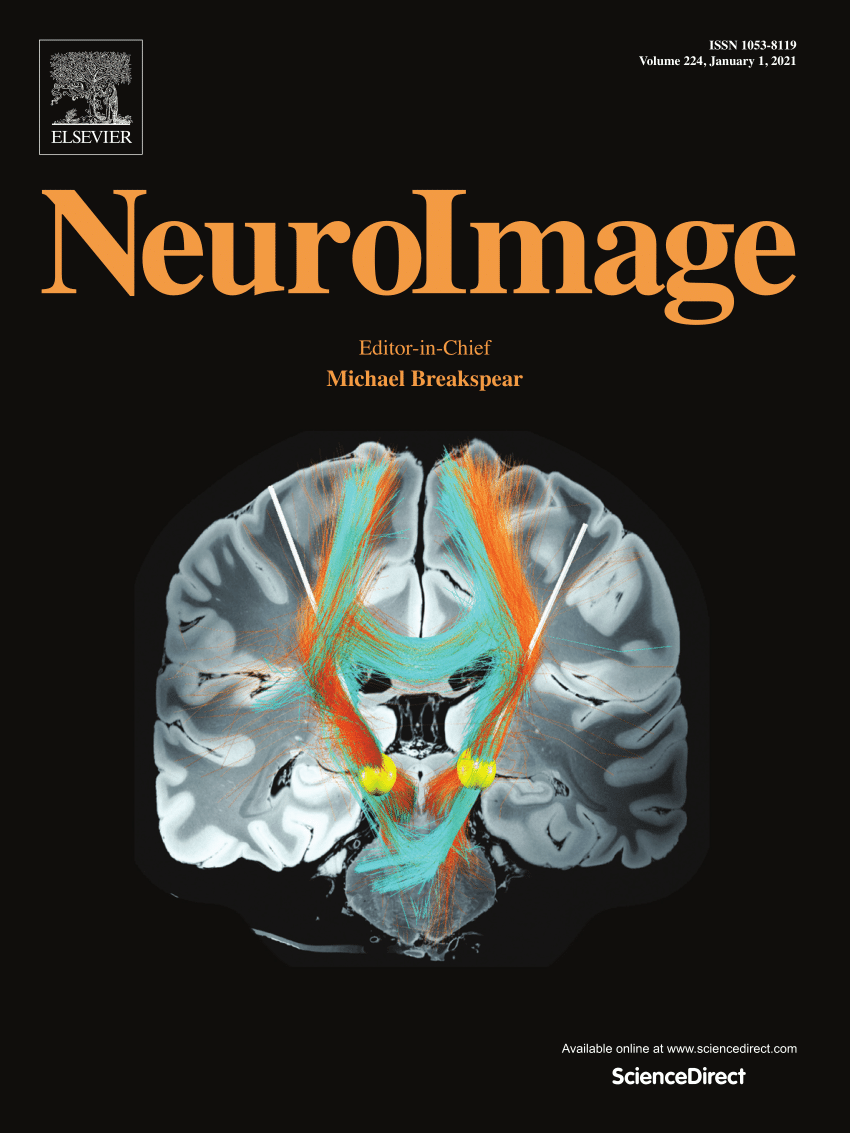Unveiling complex brain dynamics during movie viewing via deep recurrent autoencoder model
IF 4.7
2区 医学
Q1 NEUROIMAGING
引用次数: 0
Abstract
Naturalistic stimuli have become an effective tool to uncover the dynamic functional brain networks triggered by cognitive and emotional real-life experiences through multimodal and dynamic stimuli. However, current research predominantly focused on exploring dynamic functional connectivity generated via chosen templates under resting-state paradigm, with relatively limited investigation into the dynamic functional interactions among large-scale brain networks. Moreover, these studies might overlook the longer time-scale adaptability and information transmission that occur over extended periods during naturalistic stimuli. In this study, we introduced an unsupervised deep recurrent autoencoder (DRAE) model combined with a sliding window approach, effectively capturing the brain's long-term temporal dependencies, as measured in functional magnetic resonance imaging (fMRI), when subjects viewing a long-duration and emotional film. The experimental results revealed that naturalistic stimuli can induce dynamic large-scale brain networks, of which functional interactions covary with the development of the film's narrative. Furthermore, the dynamic interactions among brain networks were temporally synchronized with specific features of the movie, especially with the emotional arousal and valence. Our study provided novel insight to the underlying neural mechanisms of dynamic functional interactions among brain regions in an ecologically valid sensory experience.
通过深度递归自编码器模型揭示电影观看过程中复杂的大脑动态。
通过多模态和动态刺激,自然刺激已成为揭示现实生活中认知和情感体验触发的动态功能脑网络的有效工具。然而,目前的研究主要集中在探索静息状态范式下通过选择模板产生的动态功能连接,而对大规模脑网络之间动态功能相互作用的研究相对有限。此外,这些研究可能忽略了在自然刺激中发生的更长时间尺度的适应性和信息传递。在这项研究中,我们引入了一种无监督的深度递归自动编码器(DRAE)模型,结合滑动窗口方法,有效地捕获了大脑的长期时间依赖性,正如功能性磁共振成像(fMRI)所测量的那样,当受试者观看长时间的情感电影时。实验结果表明,自然刺激可以诱导动态的大尺度脑网络,其功能相互作用随电影叙事的发展而变化。此外,大脑网络之间的动态相互作用与电影的特定特征在时间上是同步的,特别是与情绪唤醒和效价。我们的研究为在生态有效的感觉体验中大脑区域之间动态功能相互作用的潜在神经机制提供了新的见解。
本文章由计算机程序翻译,如有差异,请以英文原文为准。
求助全文
约1分钟内获得全文
求助全文
来源期刊

NeuroImage
医学-核医学
CiteScore
11.30
自引率
10.50%
发文量
809
审稿时长
63 days
期刊介绍:
NeuroImage, a Journal of Brain Function provides a vehicle for communicating important advances in acquiring, analyzing, and modelling neuroimaging data and in applying these techniques to the study of structure-function and brain-behavior relationships. Though the emphasis is on the macroscopic level of human brain organization, meso-and microscopic neuroimaging across all species will be considered if informative for understanding the aforementioned relationships.
 求助内容:
求助内容: 应助结果提醒方式:
应助结果提醒方式:


